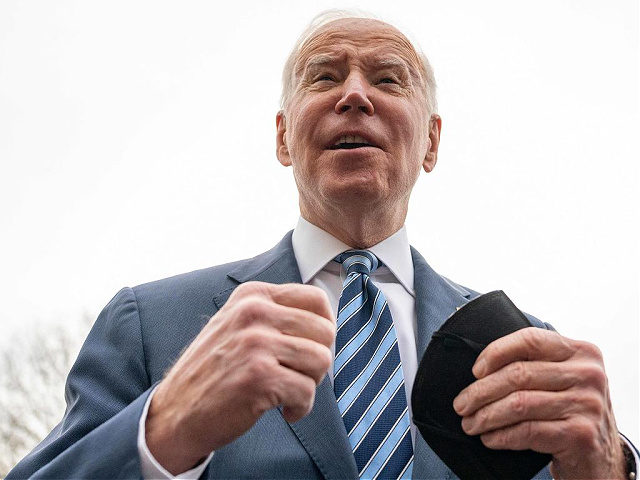Sales of new houses in the U.S. dropped by more than expected in January as mortgage rates climbed ahead of the expected March hike in the Federal Reserve’s rate target.
Purchases of new home sales plunged 4.5 percent in January compared with December to a seasonally adjusted annual rate of 801,000.
Analysts polled by Econoday expected home sales to fall to a seasonally adjusted annual rate of 804,000. The range of forecasts was wide, with a low of 716,000 and a high of 850,000, indicating a lot of uncertainty as the housing market is beset by rising mortgage rates and still very high home prices.
Sales were 19.3 percent below January of 2021, when sales stood at an adjusted annual rate of 993,000, the highest level since 2006.
New home sales have been hampered by lower than expected levels of home construction. Although housing starts are at historically high levels, they are considered low compared with the demand for housing.

That is unlikely to be remedied soon. Single-family home starts dropped 5.6 percent in January compared with the prior month, exasperating a shortage of houses that has sent home prices soaring. U.S. homebuilders started new single-family projects at a seasonally adjusted, annualized rate of 1.116 million units, 2.4 percent below the rate of construction a year ago.
Construction machinery and equipment prices are up 11.4 percent compared with a year ago, according to the Department of Labor’s Producer Price Index. Softwood lumber prices are up 20.1 percent over the past 12 months. The index that tracks nails is up a striking 44 percent. Plumbing fixtures are up 7.4 percent. Bolts, nuts, screws, and rivets are up 16.5 percent. Air conditioning is up 18.7 percent.

“Production disruptions are so severe that many builders are waiting months to receive cabinets, garage doors, countertops and appliances,” said NAHB Chairman Jerry Konter, a builder from Savannah, Georgia. “These delivery delays are raising construction costs and pricing prospective buyers out of the market.”New home sales in December were upwardly revised to 839,000 from an earlier estimate of 811,000.
Homebuilder confidence fell in January, the first decline in four months, and continued to tumble in February.
The delayed building showed up in the form of a big increase in the number of single-family housing units under construction but not completed in January. These rose to an annualized rate of 785,000 in January, up 1.9 percent from December and 26.8 percent from a year ago. This is the highest level since December 2006, a period many regard as close to the peak of the housing bubble.
The median price of a new home was $423,300 in January, a seven percent from $395,500 the previous month. The share of new home sales over between $500,000 and $750,000 jumped from 22 percent to 29 percent while the share of homes between $200,000 and $299,000 fell from 18 percent to 8 percent. This suggests that higher rates are pushing would-be lower-income buyers out of the market and that high levels of inflation are pushing up home prices. Despite the rise, the median price is still below the nominal high hit in October and November of last year.

The December sales figure was revised up significantly to 839,000 from an earlier estimate of 811,000. This may be an indication of “panic buying” ahead of expected rate hikes.
The seasonally adjusted estimate of new houses available for sale at the end of January was 406,000. This represents a supply of 6.1 months at the current sales rate, which is around the top of the level considered normal.

COMMENTS
Please let us know if you're having issues with commenting.